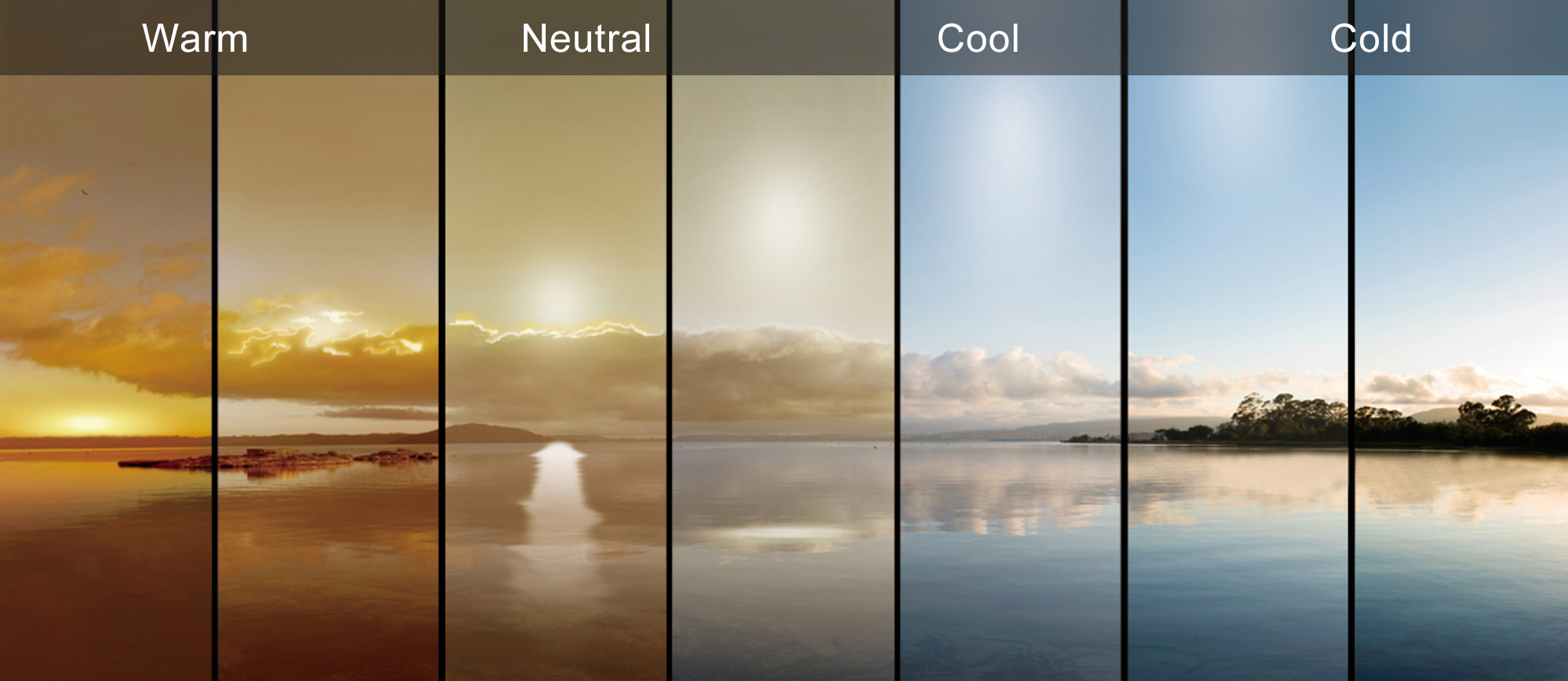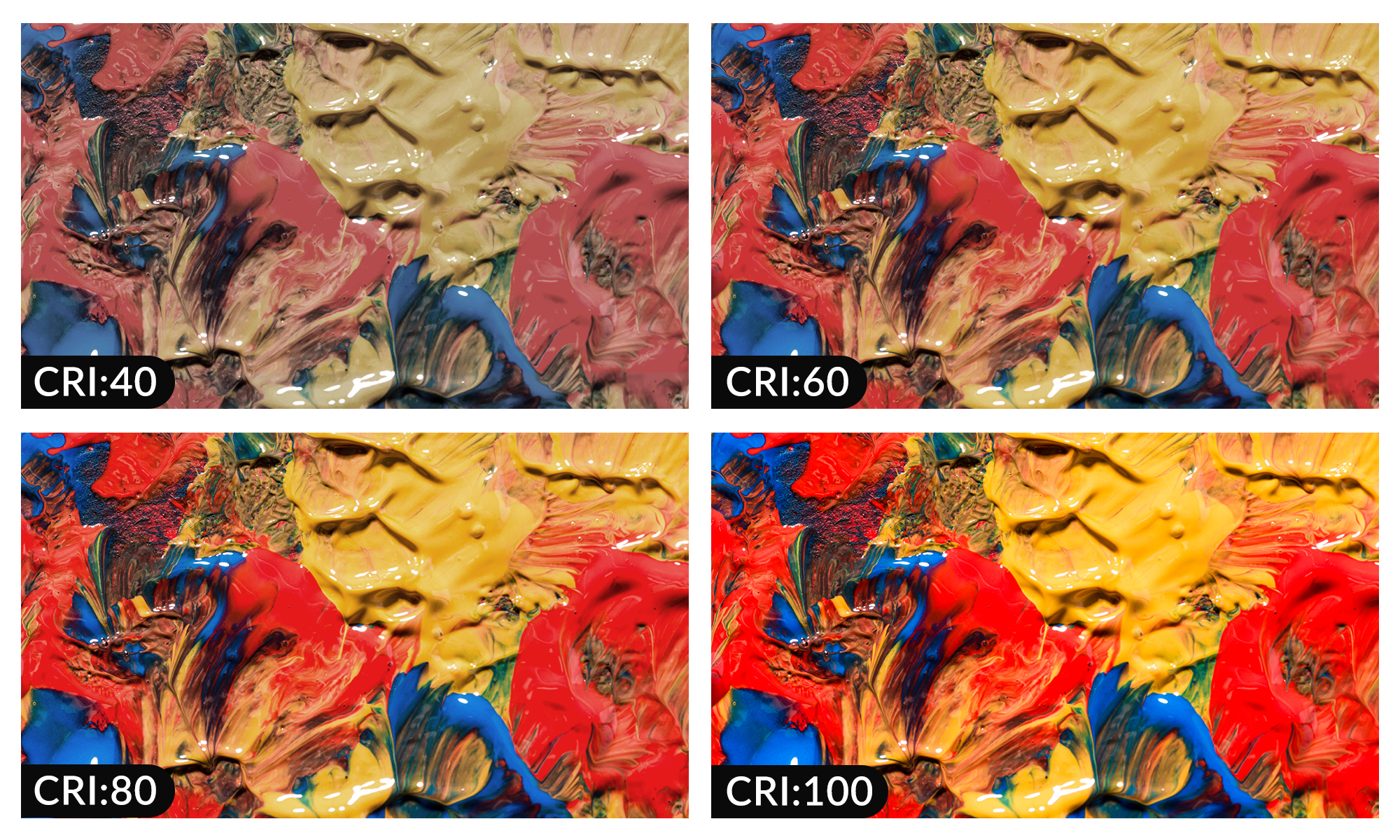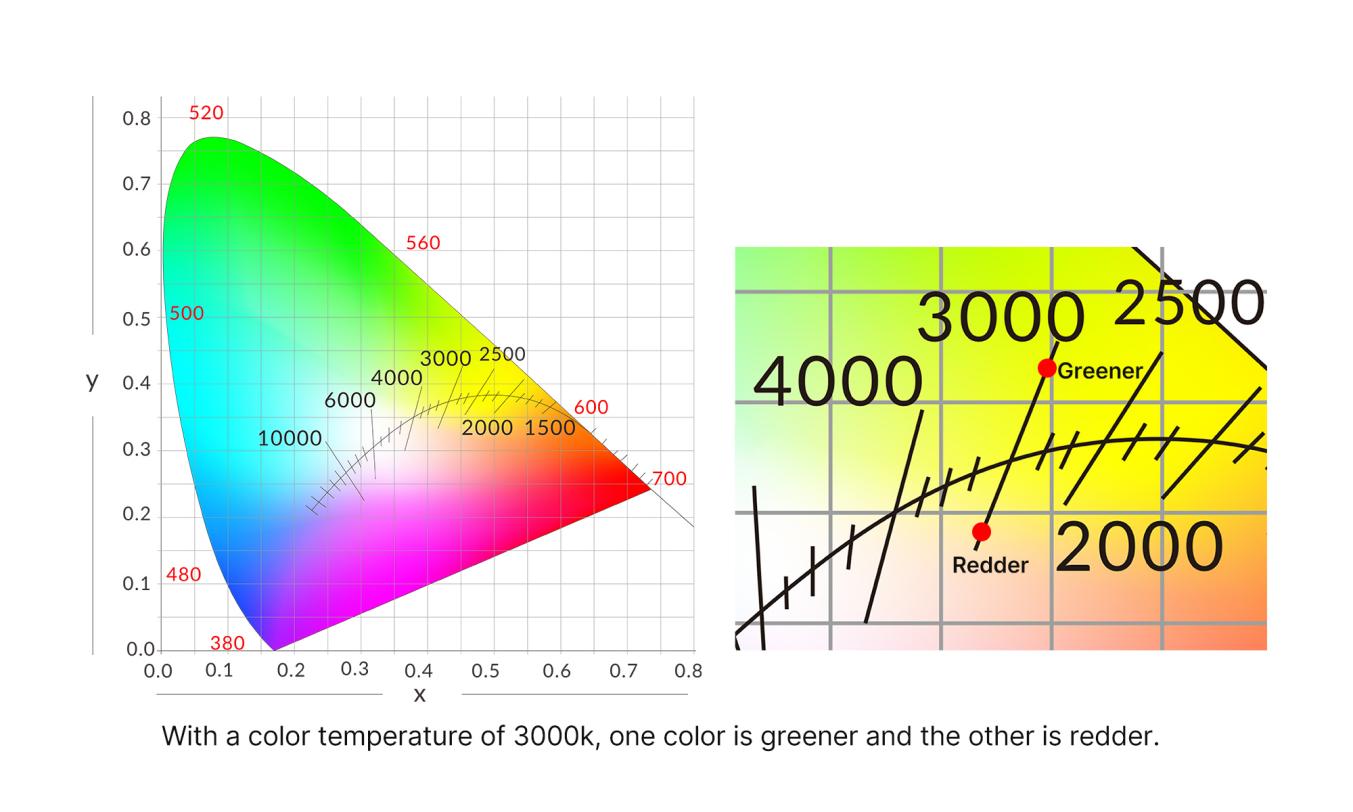Emergency Light Chromaticity Parameters
Three key factors that shape lighting quality and ambiance are color temperature, color rendering index (CRI), and color tolerance.
Color Temperature
Color temperature is a measure of the hue of light emitted by a source and is expressed in Kelvins (K). It's a way to describe the color of light, ranging from warm to cool tones.
- Warm Light (2700K-3000K): This is the color of traditional incandescent bulbs and is ideal for creating a cozy and relaxing atmosphere, perfect for living rooms and bedrooms.
- Neutral Light (3500K-4000K): Often referred to as "natural" light, it's a balance between warm and cool, and is commonly used in offices and kitchens.
- Cool Light (5000K-6500K): This light is reminiscent of daylight and is best for tasks that require high concentration and accuracy, such as in studios or workshops.

Color Rendering Index (CRI)
The CRI is a quantitative measure of the ability of a light source to reveal the colors of objects illuminated by the light source, relative to incandescent light. The CRI is defined on a scale from 0 to 100.
- CRI < 50: Poor color rendering, with significant color shifts.
- CRI 60-70: Fair color rendering, suitable for basic lighting needs.
- CRI 80-89: Good color rendering, suitable for most applications.
- CRI 90-100: Excellent color rendering, ideal for applications where accurate color recognition is crucial, such as art studios or retail displays.

Color Tolerance
Color tolerance refers to the variation in color that can occur between different units of the same light source. It's measured in MacAdam ellipses (MCD), with smaller values indicating less color variation.
- 0.41-0.42 MCD: Excellent color tolerance, almost imperceptible color difference.
- 0.43-0.45 MCD: Good color tolerance, suitable for most applications.
- 0.46-0.50 MCD: Fair color tolerance, noticeable color difference under close inspection.

Choosing the right emergency lighting goes beyond brightness—it's about creating the right atmosphere. By understanding color temperature, CRI, and color tolerance, you can select the ideal lighting for your space